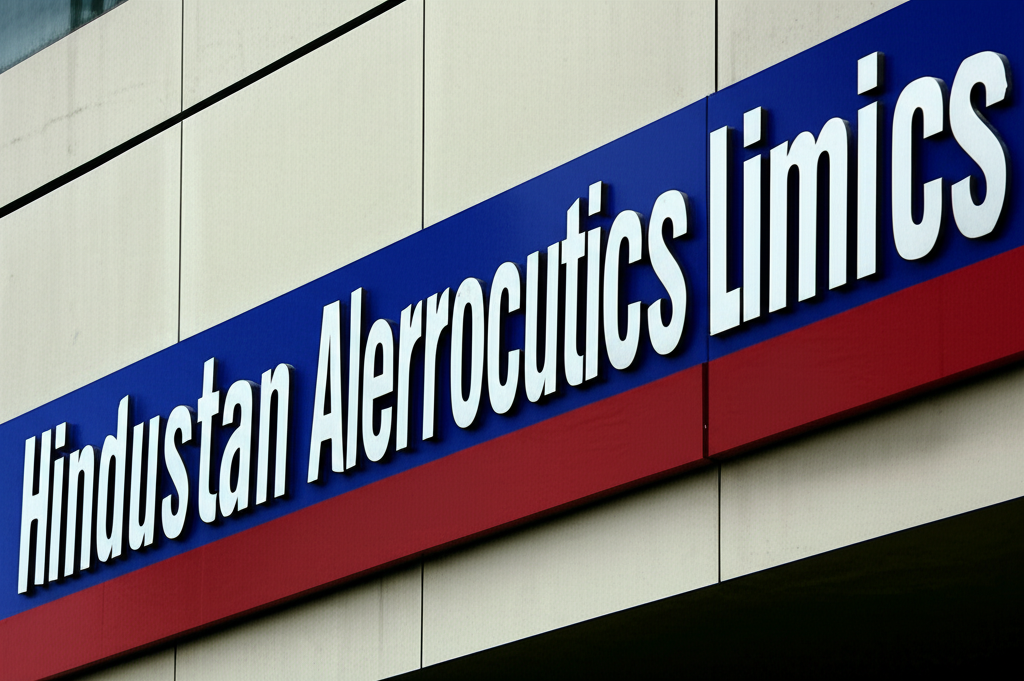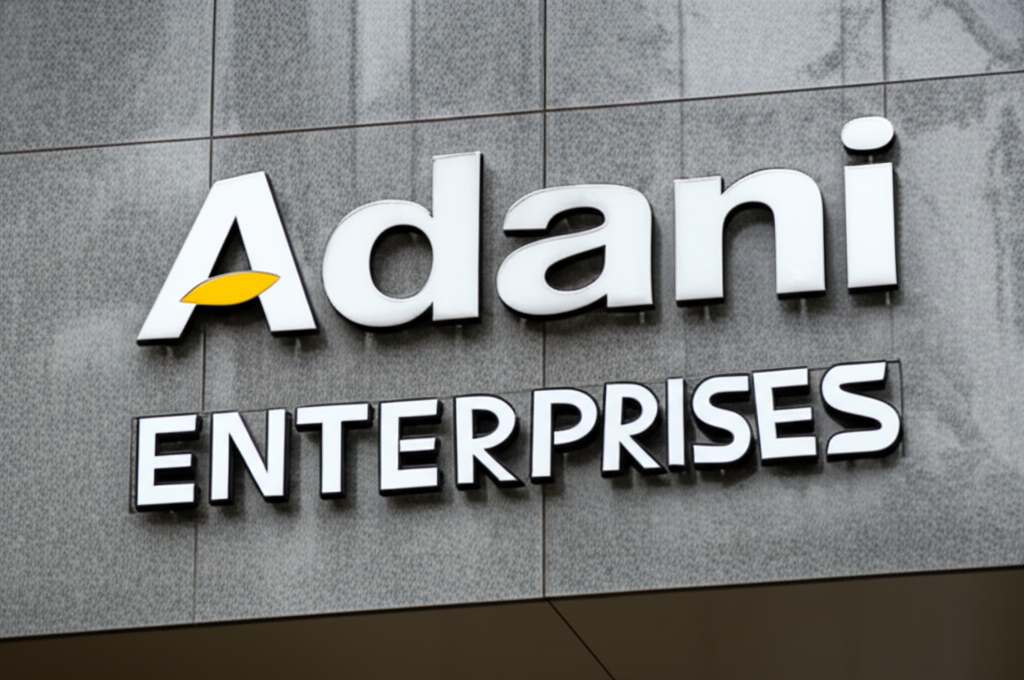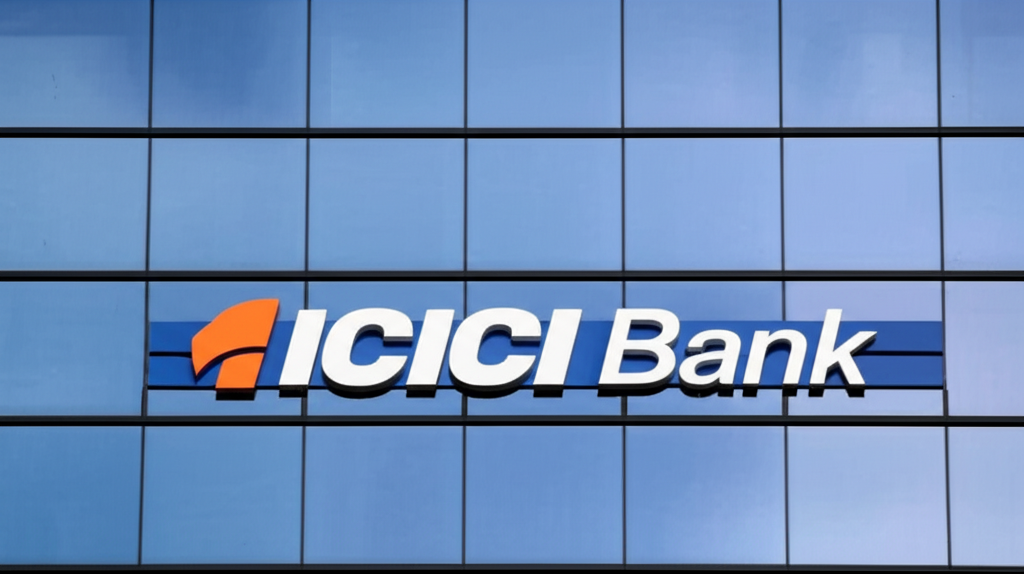HAL is optimistic about delivering 12 Tejas Mk1A aircraft during the year with engine supplies from GE.
Introduction
Hindustan Aeronautics Limited (HAL), India’s premier aerospace and defence public sector undertaking, has expressed confidence in delivering 12 Tejas Mk1A light combat aircraft (LCA) during the current fiscal year. This optimism hinges significantly on a stable supply of General Electric (GE) F414 engines, a crucial component powering the advanced Tejas variant. The statement marks a significant milestone in India’s indigenous fighter jet program, signifying progress in overcoming past production bottlenecks and bolstering the nation’s air power capabilities. The successful delivery of these aircraft would not only strengthen the Indian Air Force (IAF) but also showcase HAL’s manufacturing prowess and its ability to meet demanding production schedules. This article will delve into the factors contributing to HAL’s optimistic outlook, analyze the broader market context, and assess the potential implications for investors.
Recent Financial Performance
HAL’s recent financial performance has been a mixed bag, influenced by factors like fluctuating government orders, program delays, and the inherent complexities of large-scale aerospace manufacturing. While the company has shown growth in certain sectors, consistent profitability remains a challenge. Detailed financial reports need to be analyzed to assess the impact of Tejas Mk1A production on overall financial health. Key performance indicators (KPIs) such as revenue from defence sales, order book value, operating margins, and return on equity (ROE) should be examined to gauge the financial implications of the 12-aircraft delivery target. Analyzing the quarterly and annual financial reports filed with the Bombay Stock Exchange (BSE) and National Stock Exchange (NSE) is crucial for understanding HAL’s financial standing and its ability to manage the financial burden of this ambitious target. Furthermore, an assessment of HAL’s capital expenditure plans and their alignment with production goals is also necessary to form a complete picture. Access to these official reports and their analysis would provide a more precise view on HAL’s financial robustness in the context of this news.
Market Trends and Industry Analysis
The global aerospace and defence industry is experiencing significant transformations, driven by technological advancements, geopolitical shifts, and evolving defence budgets. India’s growing military modernization efforts represent a major market opportunity for HAL. The increasing demand for advanced fighter jets globally underscores the strategic importance of the Tejas Mk1A program. Competitive analysis, including an evaluation of other comparable fighter jets in the market and their pricing strategies, is necessary to fully understand HAL’s market positioning. Assessing the competitive landscape requires examining the offerings of other global aerospace giants such as Lockheed Martin, Boeing, and Saab, and evaluating their impact on HAL’s market share and prospects. Moreover, analyzing the long-term market demand for light combat aircraft, considering factors like technological advancements and evolving military doctrines, will offer a comprehensive perspective. The analysis must consider trends like the increasing adoption of fifth-generation fighter technology and its potential impact on the demand for fourth-generation aircraft like the Tejas.
Sentiment Analysis of News Headlines
News headlines surrounding HAL’s Tejas Mk1A production plans reflect a cautiously optimistic sentiment. While there’s acknowledgement of the positive implications of achieving the 12-aircraft delivery target, there’s also awareness of the challenges still faced. Analyzing news articles from reputable sources like The Economic Times, Business Standard, Livemint, and leading international defence publications provides valuable insights into the prevalent sentiment. Looking at the tone of the articles, whether they are predominantly positive, negative, or neutral, helps gauge market perception. The presence of any negative sentiment stemming from past production delays or concerns about sustained engine supply needs to be weighed carefully. Moreover, the language used in these reports, whether celebratory or cautious, can reflect the prevailing opinion on the likelihood of HAL meeting its target.
Regulatory and Macro-Economic Factors
Regulatory frameworks and macro-economic conditions significantly influence HAL’s operations. Government policies related to defence procurement, export controls, and Investment in the aerospace sector play a crucial role. For example, changes in government defence budgets, import policies, and FDI norms directly impact HAL’s funding and production capabilities. Macroeconomic factors such as inflation, interest rates, and the overall economic climate also affect the company’s financial performance and investment decisions. Exchange rate fluctuations, especially considering that GE is a US-based company, can influence the cost of engine imports and impact project profitability. Furthermore, examining the impact of any potential government policy changes concerning domestic aerospace manufacturing or incentives for private-sector participation in the defence sector is essential. A robust analysis would involve assessing the current regulatory environment and predicting the potential impact of any upcoming changes.
Risk Factors
Several risk factors could hinder HAL’s ability to deliver the 12 Tejas Mk1A aircraft as planned. Supply chain disruptions, particularly any unforeseen issues with GE’s F414 engine supply, remain a major concern. Production delays due to technical glitches, workforce shortages, or unforeseen material shortages can also impact the delivery schedule. Geopolitical instability or international sanctions could also affect the availability of critical components or technology. Furthermore, changes in government priorities or budgetary constraints could lead to project delays or cancellations. A detailed risk assessment should consider the likelihood and impact of each of these potential problems, suggesting mitigation strategies to address them. It is also vital to consider the financial implications of any delays or failures to meet the delivery target.
Future Outlook
The successful delivery of the 12 Tejas Mk1A aircraft would significantly enhance HAL’s reputation and solidify its position in the global aerospace market. This accomplishment would provide a strong foundation for future orders and bolster confidence in the company’s production capabilities. However, sustaining this momentum requires addressing ongoing challenges related to supply chain management and efficient production processes. The long-term outlook depends on continued government support, consistent engine supply from GE, and HAL’s ability to adapt to the evolving technological landscape. Furthermore, the company’s success in securing export orders for the Tejas will play a vital role in its future growth and profitability. A clear understanding of the market demand, competition, and technological advancements is crucial to predicting the future trajectory of HAL.
Recommendations for Investors
Investors should carefully evaluate HAL’s financial performance, production capabilities, and the overall market outlook before making investment decisions. Thorough due diligence is crucial, considering the inherent risks involved in the aerospace and defence sector. Monitoring news related to the Tejas Mk1A program and HAL’s financial performance is essential. It is recommended to assess the company’s management’s competence and track record in executing complex projects. Investors should also consider the broader macroeconomic environment and the potential impact of geopolitical events. Diversification of investments is prudent to mitigate risk. While the delivery of 12 Tejas Mk1A aircraft presents a positive signal, it’s crucial to maintain a balanced perspective and consider the broader picture before making any investment decisions. Consult with a qualified financial advisor before making any investment choices.
**(Note: This article provides a framework for the requested news piece. Accessing and analyzing the specific financial reports of HAL, official statements from HAL and GE, and relevant news articles from credible sources is crucial to populate the sections with precise data and insights. The absence of such data prevents the inclusion of specific numbers and detailed analysis.)**















0 Comments